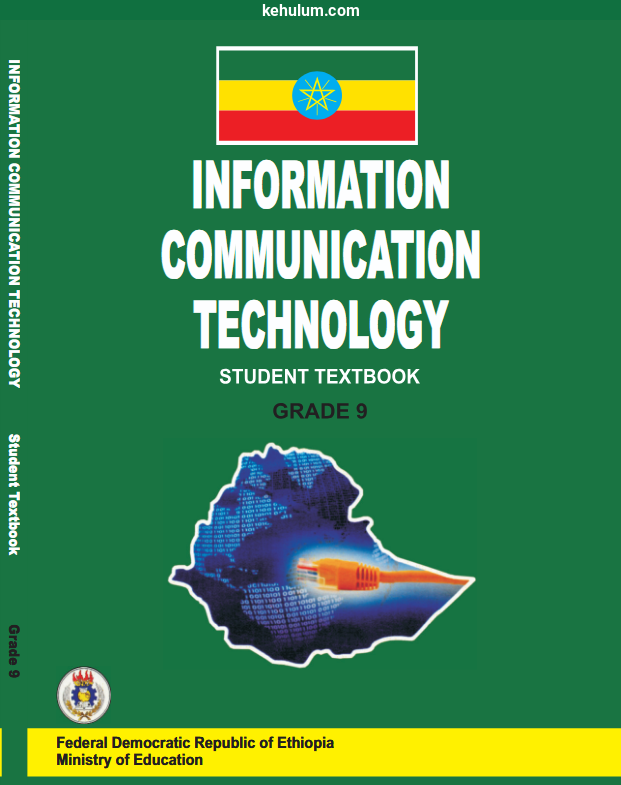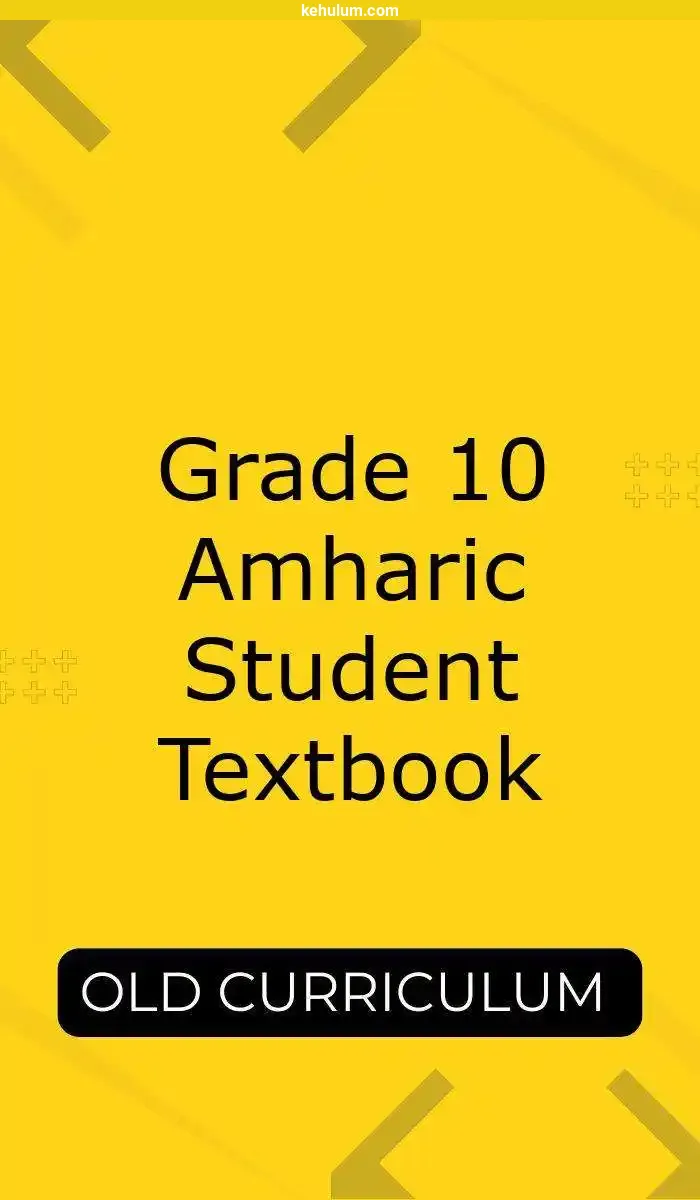The Ethiopian Grade 9 Amharic Student Textbook (Old Curriculum) has 15 chapters. Each chapter builds language skills in grammar, literature, oral communication, composition, and critical thinking.
The 10 Chapters Are:
- ምዕራፍ አንድ፡ ቋንቋና ህብረተሰብ (Language and Society)
- ምዕራፍ ሁለት፡ ስነ-ቃል (Rhetoric)
- ምዕራፍ ሦስት፡ ቤተ-መጻህፍትና ሥነ-ጽሑፍ (Libraries and Literature)
- ምዕራፍ አራት፡ ሰዋሰው (Grammar and Sentence Structure)
- ምዕራፍ አምስት፡ ስነ-ግጥም (Poetry)
- ምዕራፍ ስድስት፡ ተዋኔት (Play / Drama)
- ምዕራፍ ሰባት፡ የአካባቢ ገለጻ (Our Environment)
- ምዕራፍ ስምንት፡ መገናኛ ብዙሃን (Mass Media)
- ምዕራፍ ዘጠኝ፡ ምርጥ ንግግር (Excellent Speech)
- ምዕራፍ አስር፡ ክርክር (Debate)
Let's break chapter by chapter:
Chapter 1: Language and Society (ቋንቋና ህብረተሰብ)
This chapter introduces the nature of language and its social functions. Students learn how language connects people in speaking and writing, how to paraphrase information, identify cause-effect relationships in communication, and distinguish between literal and contextual meanings of words.
Chapter 2: Rhetoric (ስነ-ቃል)
Students explore what makes language persuasive and impactful. They study the features and structure of rhetorical language, use figurative expressions in conversations, and practice organizing ideas based on time and sequence in oral and written contexts.
Chapter 3: Libraries and Literature (ቤተ-መጻሕፍትና ሥነ-ጽሑፍ)
This unit introduces students to libraries and various literary genres. They learn how to navigate texts for research and enjoyment, as well as how literature reflects and shapes society.
Chapter 4: Grammar and Sentence Structure (ሰዋሰው)
In this chapter, students deepen their understanding of Amharic grammar by exploring word categories, transitive and linking verbs, and parts of speech. They also analyze sentence structure, identify idioms and metaphors, and practice summarizing spoken and written texts.
Chapter 5: Poetry (ስነ-ግጥም)
This unit encourages appreciation for poetic expression. Students learn how to read poems with rhythm and tone, explore poetic vocabulary, analyze themes and stylistic features, and express ideas through both spoken and written poetry.
Chapter 6: Drama / Play (ተዋኔት)
Here, students study the elements of drama. They examine characters, plot structure, and dialogue, while also learning to write using transitions and comparisons. They perform parts of a play and learn how to write formal documents like applications.
Chapter 7: Our Environment (አካባቢና አካባቢያዊ ጉዳዮች)
Focusing on environmental awareness, this chapter enables students to present opinions on environmental issues, write persuasive essays, and participate in structured debates. Proverbs and sayings related to nature are also discussed.
Chapter 8: Mass Media (መገናኛ ብዙሃን)
This chapter teaches students how to critically engage with mass media. They analyze messages from radio, television, and newspapers, write organized paragraphs, and learn how the media influences public opinion and culture.
Chapter 9: Excellent Speech (ምርጥ ንግግር)
Students examine the characteristics of powerful speeches. They learn how to prepare and deliver talks clearly and persuasively while applying proper grammar, punctuation, and rhetorical techniques.
Chapter 10: Debate (ክርክር)
In this unit, learners study the structure and language of formal debates. They learn to argue logically, support ideas with evidence, and maintain respectful dialogue while defending or opposing a position.
















